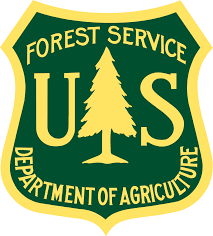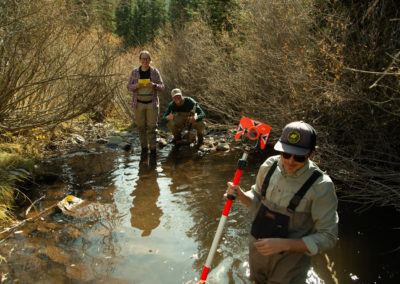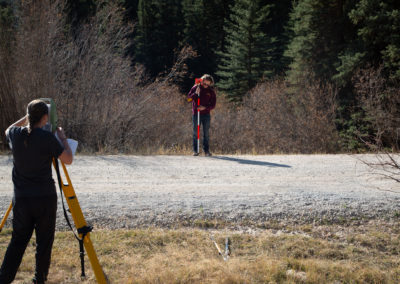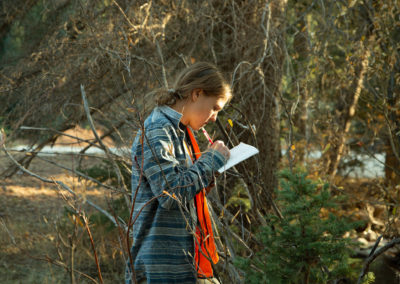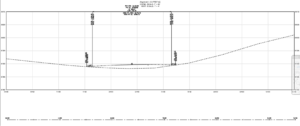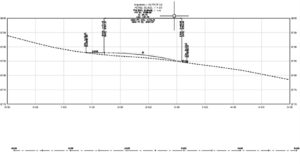Hermosa Creek Aquatic Organism Passage
Overview
Two streams located in the San Juan National forest, Sig and Relay Creek, have experienced heavy streambed erosion and pooling, making upstream and downstream travel difficult for the Colorado Cutthroat Trout and other aquatic organisms. The U.S. National Forest Service tasked the team with designing new culvert systems specific to each creek’s unique slope, streambed profile, geography, and flow patterns.
After completing extensive on-site geographic surveying and streambed analysis, the team decided to move forward with the design of two low–profile bottomless corrugated steel culverts that will support the current roadway while also allowing organism passage both up and downstream over a naturally mimicked streambed. The existing culverts will be removed and the streambed modified by hand to resemble and connect with the unique flow patterns and slopes observed immediately up and downstream at each site.
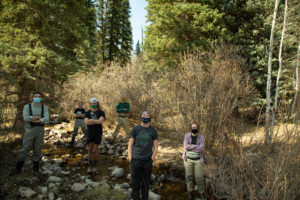
Live Zoom Chat
Use the link below to join us live from 8:00 – 10:30 a.m. on April 29.
Join from PC, Mac, Linux, iOS or Android: https://mines.zoom.us/j/92232323794
Or iPhone one-tap: 16699006833,92232323794# or 12532158782,92232323794#
Or Telephone:
Dial: +1 669 900 6833 (US Toll) or +1 253 215 8782 (US Toll)
Meeting ID: 922 3232 3794
International numbers available: https://mines.zoom.us/u/acq6Ncaf4f
Team Members
- Lukas Craze
- Rachael Lamman
- Joe Miks
- Cole Schuster
- Katy Smith
- Amelia Stein
The Client
- San Juan Forest National Forest Service
- Trout Unlimited
Acknowledgements
Project Advisor: Marcus Florida
Technical Advisors: Prof. Jeff Holley, Dr. Kristoph Kinzli, and Dr. Andreas Guerra
Donations Made by: Trout Unlimited
Video
Elevator Pitch
Colorado River Cutthroat Trout (CRCT) occupy the colder waters of the Colorado’s tributary streams above the Grand Canyon and west of the Continental Divide. CRCT now occupy 16% of their historical habitat, and 8% of that population lives in what are considered as “conservation populations” [1]. In the San Juan National Forest, located in the southwestern portion of Colorado (CO), there has been a push for sustainable reintroduction and conservation of the CRCT population. Re-design of an aquatic organism passage (AOP) was proposed in two streams in Durango, CO within the San Juan National Forest. Team AOP, from Colorado School of Mines, has been tasked with this project. The purpose of the project is to reconnect two fragmented fish supporting tributary streams by replacing road culverts with spans that allow for heavy traffic on the road surface and free migration of fish both upstream and downstream under all flow conditions.
The proposed solution for the project is to replace the two existing steel pipe culverts with bottomless corrugated steel culverts. This solution comes from the recommendation of the client with the intent to maintain a natural stream bed, reduce costs, and the feasibility of transportation and construction of materials. With the bottomless steel culvert, the challenges faced from the existing soil conditions, including bedrock, are minimized due to the reduced excavation required. Corrugated steel can also be transported in sections making the transportation down the forest service road much more feasible than a large concrete structure driving down costs.
The intent of this project was to cut costs of the necessary redesign of the two culverts by having the design work completed by a Senior Design team. In turn, the Forest Service will be able to use this information provided to them to publish a public contract with construction starting ideally by the summer of 2022.
Design Approach
The process for the design was based on the necessary deliverables specific to AOP projects. Initially, this began with a site visit to survey both creeks and their surrounding areas. During the site visit, a topographic survey was conducted as well as flow measurements, and a creek bed analysis. The survey was then implemented into AutoCAD and several different methods and softwares were used to analyze the data.
The cross section for both creeks were surveyed until the bank’s full width was reached, and the flow was measured. These cross sections and measured flows were used to determine design flows for the culvert and the Manning’s coefficient of roughness as seen in Equation 1 and Equation 2 where Q is the flow, V is the velocity, A is the cross-section area, R is the hydraulic radius, and S is the stream slope.
Q=VA=1.49n∗AR2/3S1/2 [US] Equation 1
Q=VA=1.00n∗AR2/3S1/2 [SI] Equation 2
The 100-year flood values generated from Streamstats were determined using the regression equation for the Southwest Hydrologic region of Colorado. Based on field data and observations, it was advised that other regressions were analyzed. The Mountain Hydrologic Region regression, shown in Equation 3 was used to determine a more accurate representation of the 100-year flood flows for Sig and Relay Creek. For the regression, Q100 is the 100-year flood in cfs, A is the drainage area in square miles, S is the mean watershed slope as a percentage, and P is the mean annual precipitation in inches.
Q100 = 10-0.46 * A0.75 * S0.14 * P1.35 Equation 3
HY-8 was used to estimate culvert sizing as well as analyze the effects of overtopping in a 100-year flood. HY-8 is a hydraulic software provided by the FHA to provide analysis of culverts. HY-8 enables users to analyze the performance of culverts, multiple culvert barrels at a single crossing, as well as multiple crossings roadway overtopping at the crossing and develop report documentation in the form of performance tables, graphs, and key information regarding the input variables.
Civil 3D was used to design a stable and natural structure underneath the open bottom culvert. The USFS streambed restoration documents were used as a reference for an analysis of the hydraulic profile underneath the culvert and application of surrounding geomorphology to create a stable and natural structure underneath the open bottom culvert. FHWA LRFD equations were used to size the culvert foundation and predict loading conditions over the culvert.
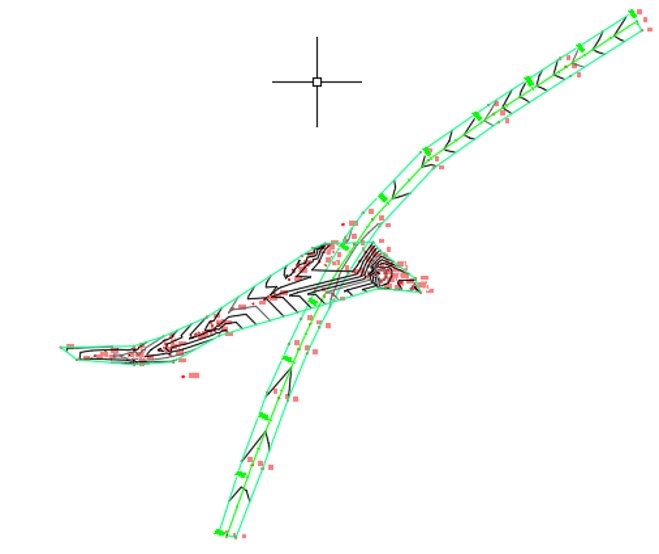
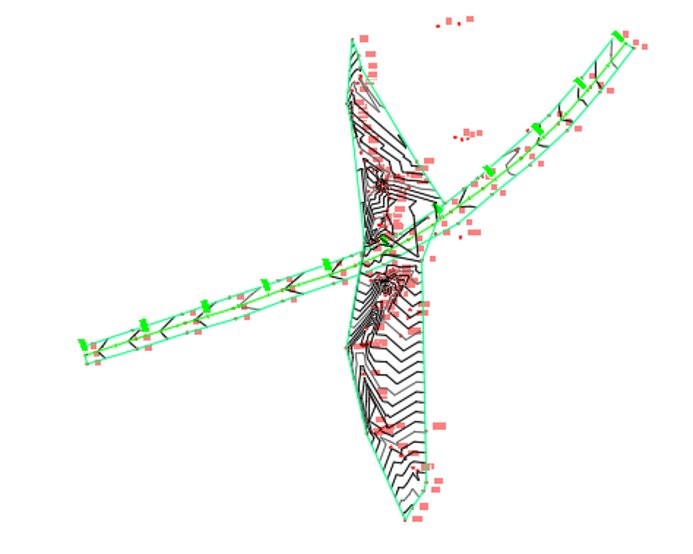
Design Solution
HY-8 hydraulic analysis concluded that Relay Creek with have an 11 ft span and 3.5 ft rise to accommodate all flow conditions calculated above while not overtopping with water. 12 ft span and 4 ft rise were chosen for Sig Creek. The low–profile arch allows the design to meet the existing bank fill width of the channel to minimize unnatural channel constriction and provide a culvert height that will minimize the road regrade.
According to USFS streambed simulation guide, this streambed system is categorized as a step pool channel due to its relatively high slope (3-9%) and large colluvium and wood forming natural steps as the channel descends in elevation. This is clearly seen through the photos captured in the initial site visit and confirmed by the Civil 3D surface. For this channel type, it is necessary to match these steps underneath the culvert.
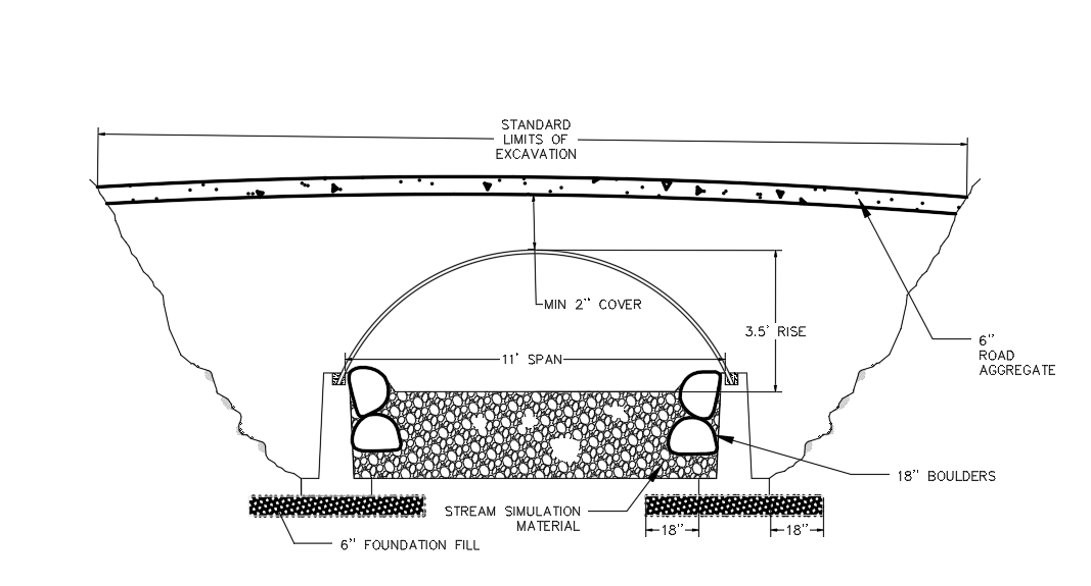
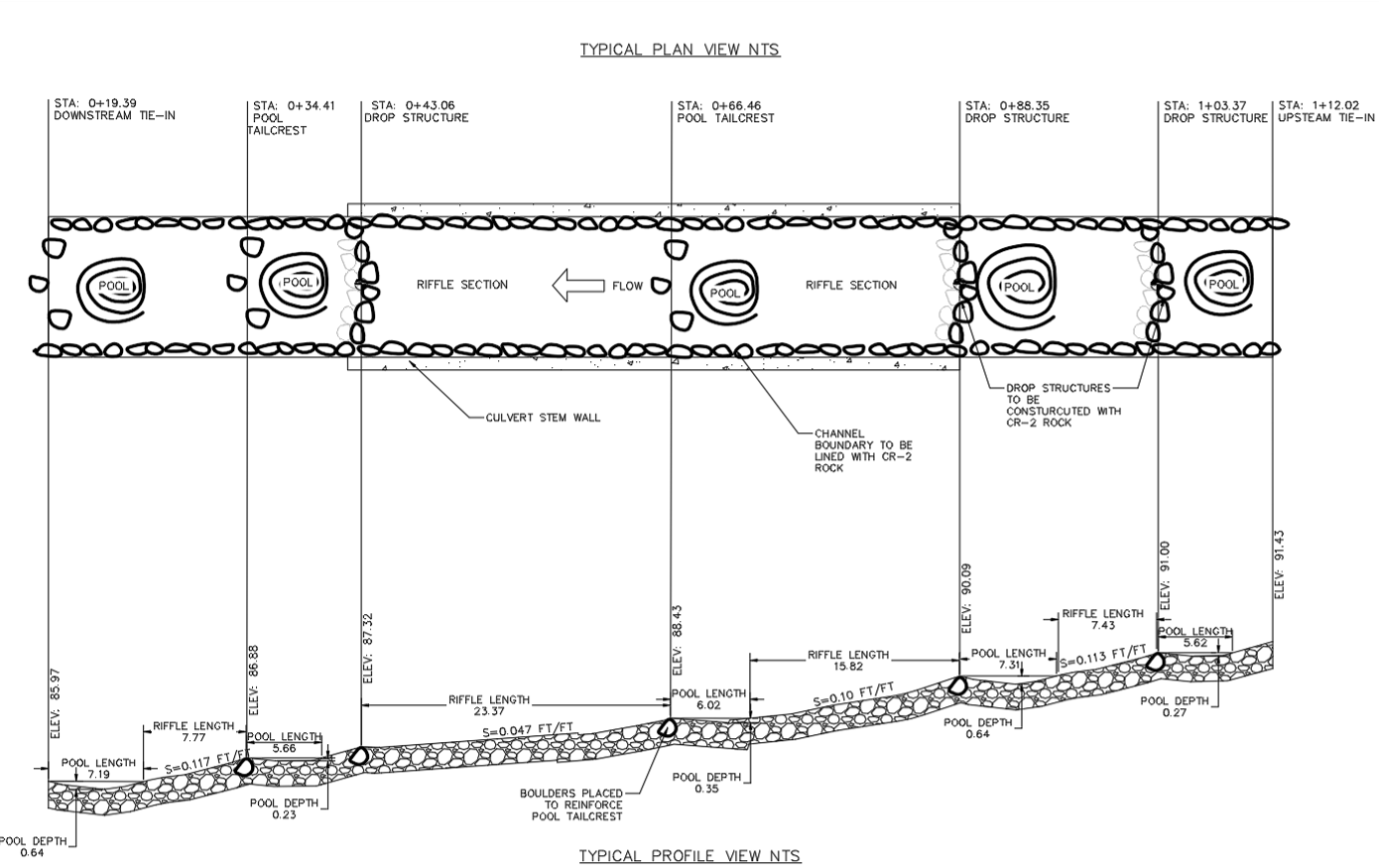
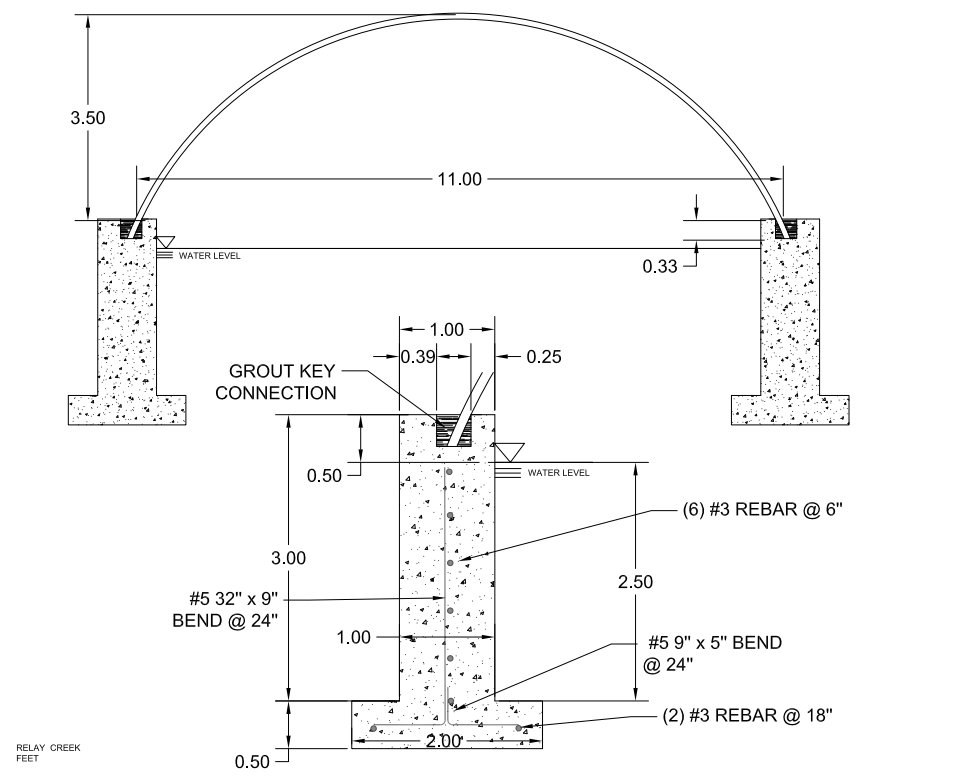
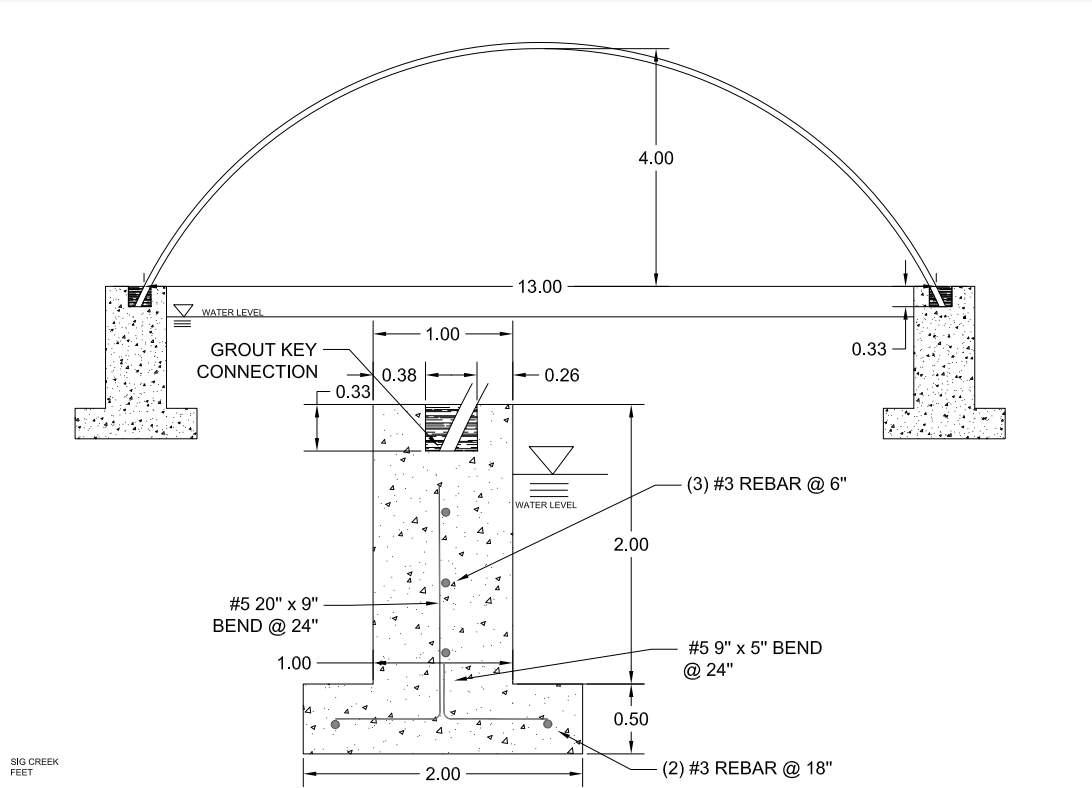
Next Steps
The intent of this project was to cut costs of the necessary redesign of the two culverts by having the design work completed by a Senior Design team. In turn, the Forest Service will be able to use this information provided to them to publish a public contract with construction starting ideally by the summer of 2022.
Final steps for this project to be completed by the Forest Service include:
- Review of SD design proposal by Forest Service engineers
- Public bid proposal by local contractors
- Review and selection of bids by Forest Service
- Construction plan for completion of project by the contractor
- Construction estimated to start by summer 2022
Meet the Team
Amelia Stein
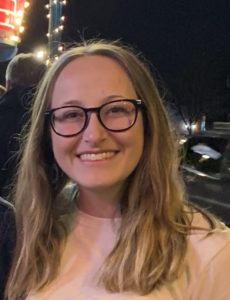
I am a senior studying Environmental Engineering. After graduation in May 2021 I will commission into the United States Army as a Second Lieutenant and for the next 4 years I will serve as an Armor Officer. I really enjoy being outside; fishing, running, hiking and skiing!
Katy Smith
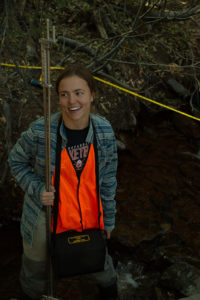
Katy Smith is a senior in Environmental Engineering with a minor in Computational Mathematics. She is a Colorado native who enjoys rock climbing, snowboarding, and hiking. Katy plans to continue her education at Mines and pursue a Masters in Environmental Engineering studying water resources.
Joe Miks
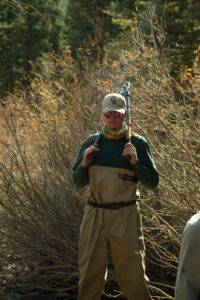
Joe is a senior studying Mechanical Engineering. After graduation in May 2021 he will joins Siemens Government Technology as an Implementation Consultant. His hobbies include enjoying the outdoors, and spending time with friends.
Cole Schuster
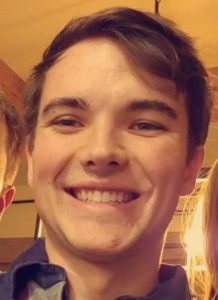 Hi my name is Cole Schuster and I am a senior in Civil Engineering. I have an interest in water resources and will be starting a job with Olsson as a land Development engineer after I graduate.
Hi my name is Cole Schuster and I am a senior in Civil Engineering. I have an interest in water resources and will be starting a job with Olsson as a land Development engineer after I graduate.
Lukas Craze
 I’m a senior in Mechanical Engineering graduating in May 2021. After graduation I’ll be working as a traveling engineer for Manson Construction, a marine construction company. I love to explore and adventure, be it skiing, camping, hiking, or traveling.
I’m a senior in Mechanical Engineering graduating in May 2021. After graduation I’ll be working as a traveling engineer for Manson Construction, a marine construction company. I love to explore and adventure, be it skiing, camping, hiking, or traveling.
Rachael Lamman
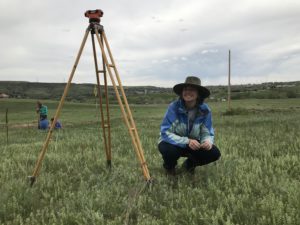 Rachael Lamman is a senior in Civil Engineering. After graduation she plans to attend Mines for a master’s thesis through the Underground and Tunneling department for geotechnical engineering.
Rachael Lamman is a senior in Civil Engineering. After graduation she plans to attend Mines for a master’s thesis through the Underground and Tunneling department for geotechnical engineering.
